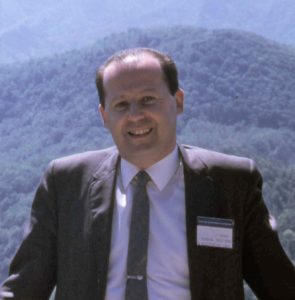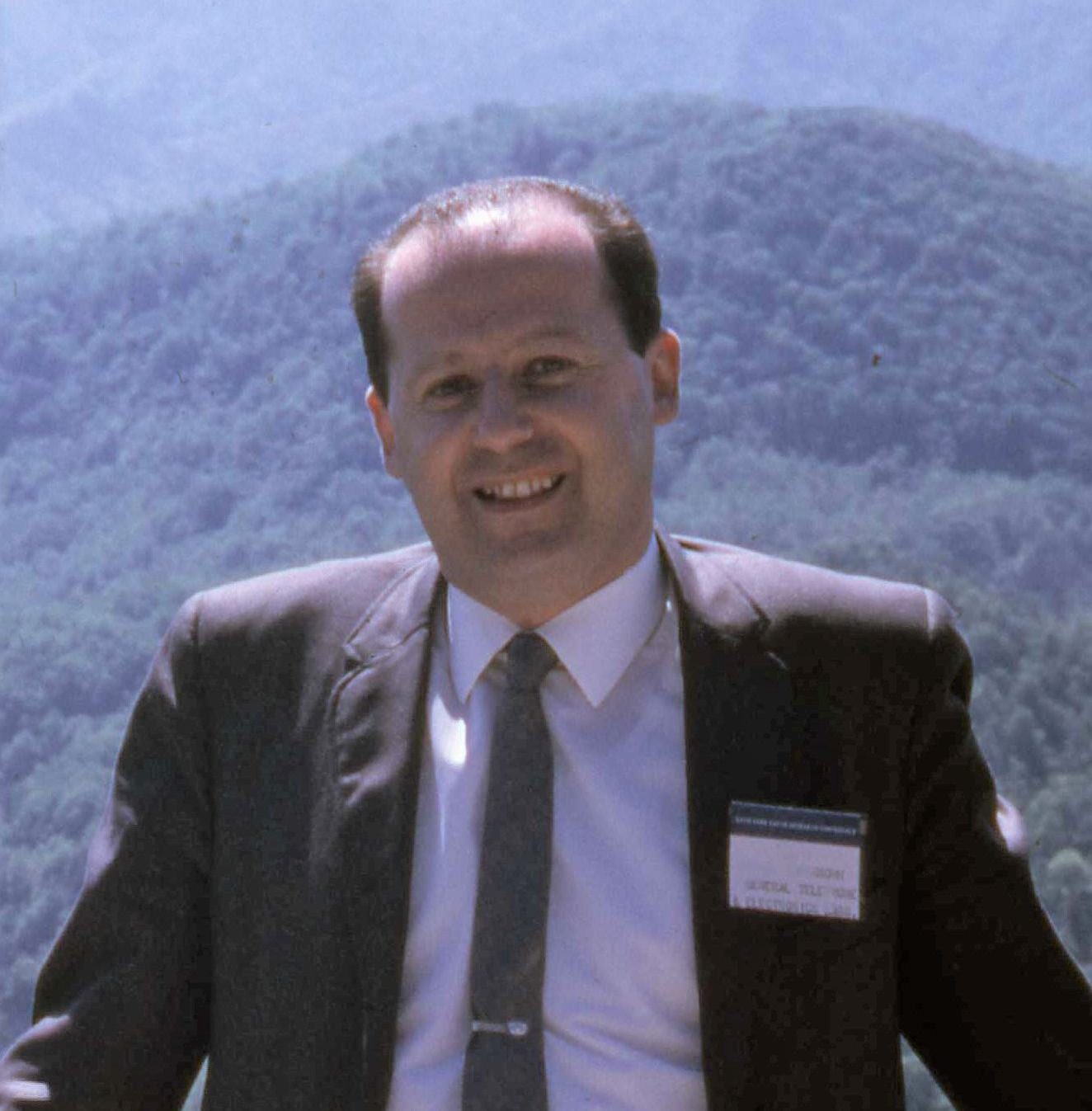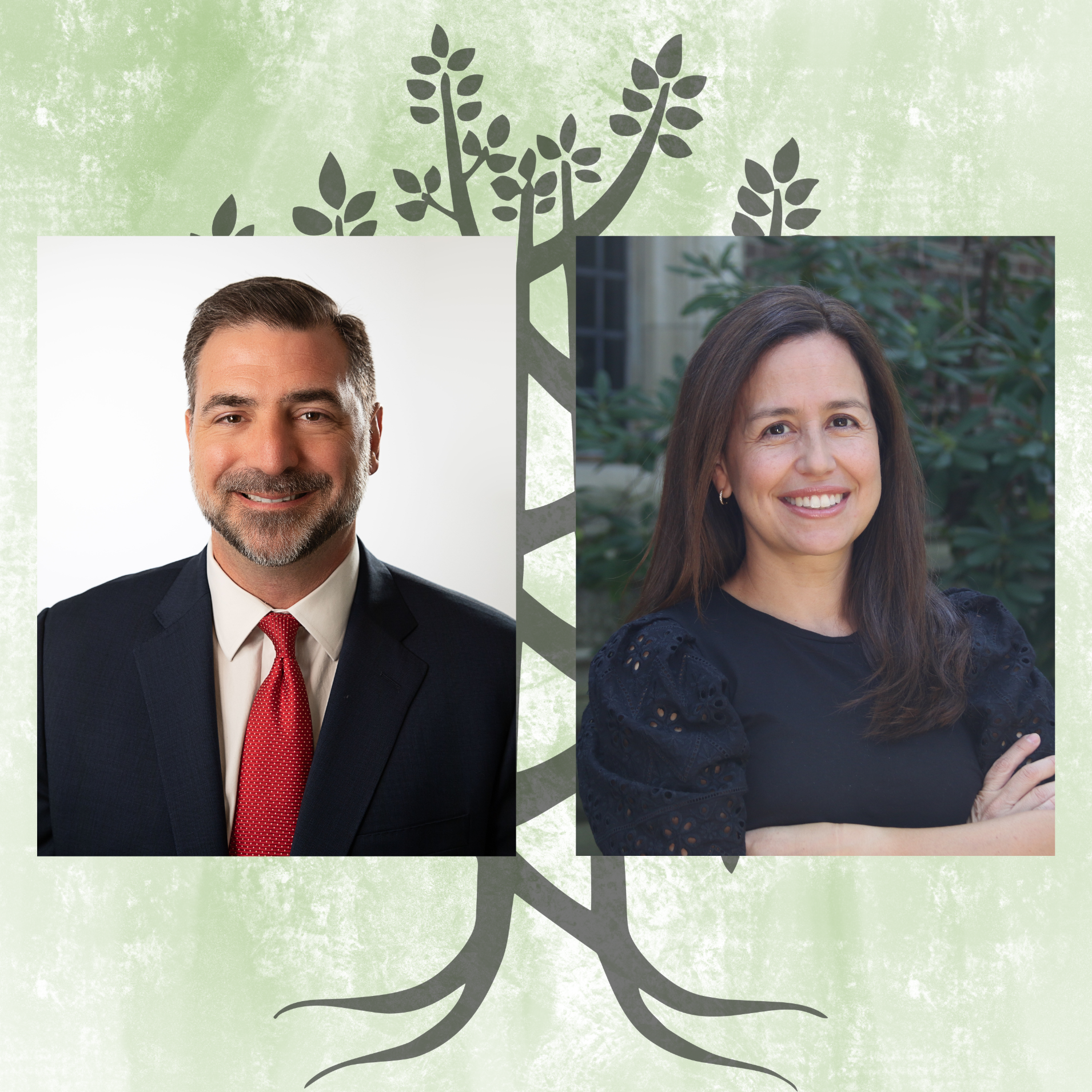
Samuel Natansohn b.1929 d. 2020
Samuel (“Milek”) was born into an Orthodox Chasidic family living in Rzeszow, a town of 36,000 in southeastern Poland (about the size of Natick, MA), roughly 1/3 of whom were Jews in 1939. His family was middle class, and by his admission led a simple life of observance and education, both in the public schools and cheder (religious school). Sam remarked later that though they were never fully accepted by the non-Jewish citizenry, and were exposed to anti-semitic acts and biases, they managed to get by. One indication of the pervading attitude of his town was the inability of a Jewish student to earn an “A” in Polish, no matter how well they performed.
He was ten years old when the war broke out, and despite his families’ attempts to flee they were soon encircled by the rapid German advance. From that time forward, Sam was witness to a serious of atrocities inflicted on the Jewish community by the Nazi regime – desecration of synagogues, burning sextons alive wrapped in Torah scrolls, indiscriminate beatings, killings of the young and old. His father (Saul) was killed in mid-1942, buried in a miss grave along with 5000 other martyrs. His sister (Rena – three years older than he) attempted to flee captivity posing as a Polish girl, but was soon identified by a Polish railway worker and handed over to the German authorities for “the going rate of a kilogram of sugar and a bottle of vodka”. After working as a slave laborer in several camps, she was shipped to Auschwitz, and sent by Dr Mengele to the gas chambers.
Sam and his mother were serving in a forced labor camp by 1942, where, at age thirteen, he worked hellish days on behalf of the German war effort “more or less as an automaton”. The following is one excerpt from Sam’s memoir, Remembrances, about that nightmarish period:
In August of 1942, I was assigned to a labor gang which worked expanding the railroad station of our town. Each morning we would be roused long before dawn and assembled in a marching column. We would have to step out smartly, to military cadence, on our way to work. We were not very familiar with the German parade formations. Thus every misstep brought swift and brutal retribution. We dug ditches and foundations, toted cement bags and piles of bricks, prepared railroad beds by spreading cinders and gravel, laid down the ties, and fastened the rails. The last task was particularly gruesome because while the Polish laborers were allowed to use tongs, we had to carry the heavy rails on our shoulders and place them by hand.
Each such operation resulted in a severe injury to some of us. Even if the injury was not fatal in itself, it was tantamount to a death sentence by the German guards. I myself had a close brush with the inevitable. A fellow worker had accidentally driven a board with a rusty nail into my left calf. The leg became badly infected and virtually gangrenous. I was afraid to report sick for fear of the “ultimate remedy.” Anyway, no medication or treatment was available. For several days, while we marched to and from work, I was shielded by my mates in the ranks from the guards. I stumbled along as best I could and tried to be inconspicuous; I was feverish, in pain, and incoherent. It lasted a while, I don’t remember how long, but a minor miracle happened. My leg got better. We used to say in camp that man could survive anything but a bullet.
The food was pitiful; in the morning some darkened tepid water with a slice of bread. A bowl of watery kale soup at midday; at night the same with another slice of bread. The labor was exhausting. As a rule it was twelve to fourteen hours a day. With marching and food distributions it was usually an eighteen hour day, except on Sunday when we would get a few hours off. Occasionally, we would have an extra “treat,” a night shift immediately following a day shift and then another day shift right thereafter. The Germans were very “considerate.” They remembered when the Jewish Holy Days came and would give us their “preferential” treatment. I remember one Yom Kippur night well; after having returned to our quarters and trying to start services, we heard whistles outside and were marched off again to work.
That night we were pushing wheelbarrows full of concrete and pouring them into the foundations of a large roundhouse. As soon as the men were out of the earshot of the guards, they started to intone the Kol Nidre chants. Those who knew the words by heart recited them, the other hummed along. The whole Service was performed in that manner; not only the Kol Nidre but also the Maariv, the Piyutim, the Slichos and, since we had all night, verses of T’hilim. It would be an understatement to say that it was the most moving Service I have ever witnessed.
As I reflect back on this vivid memory, I conclude that in the sense of worshipping the Almighty or even pleading with the Lord for a better fate, this was not a religious act. Rather, it was an act of defiance. It was very pathetic in its scope, but nonetheless of great spiritual strength and value. It emphasized the faith and conviction of Jews who, in their darkest hour, at the time of their virtual extinction, proclaimed the indestructibility of the Jewish teachings, of the Jewish heritage, of the Jewish spirit. Would only our youth of today have this strength!
Needless to say, virtually all the prisoners fasted on Yom Kippur, again not as a religious act, but as an act of Judaism. And the day Service of Yom Kippur was recited in a similar manner during the following day shift.
Sam and his mother survived the war through the efforts of a Catholic woman who used to nurse him when he was a baby. At the risk of her family’s lives, she managed to hide them both in her cellar for six months, and arranged for his three cousins to be similarly hidden by her widowed sister in a cottage on the outskirts of town. There they lived, in isolation and darkness, until the Soviet advance drove the German forces back from whence they came. Sam notes his rebirth as July 31, 1944, the day they were liberated from Nazi control. He survived under occupation for nearly five years.
Sam and his mother lived in displaced persons camps for several years after that, where he caught up on his studies and finished his high school equivalency. Migrating to New York in 1949, he met his future wife, Sidonia (Schwimmer), a survivor of Auschwitz herself. They were married in 1951, and established an American life together.


